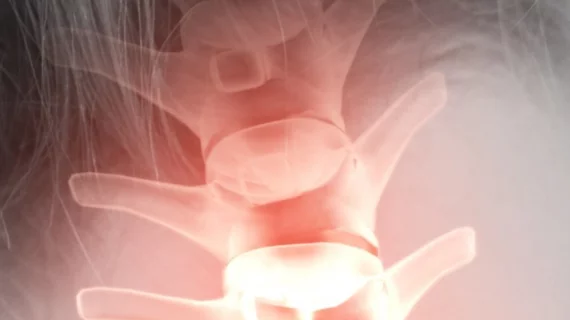Researchers with the Hospital for Special Surgery are experimenting with cutting-edge 3D imaging technology to better assess and treat patients with scoliosis, limiting their radiation exposure in the process.
The disease—which affects upward of 9 million Americans annually—causes excessive curvature of the spine, requiring repeated radiographs over the course of years to determine its progression. But such treatment can prove, at times, unreliable and harmful to patients, particularly those of a younger age.
To combat this problem, clinicians at New York-based HSS plan to use a 30-camera, 3D surface-imaging system to create a full map of the torso in less than a second. They’ve already enrolled 30 children in the experiment and hope to attract 2,000 over the next five years.
"This technology is essentially producing the world's most advanced selfie, and the benefit is that there's nothing dangerous about it," Howard Hillstrom, PhD, director of the Leon Root, MD Motion Analysis Laboratory at HSS and principal investigator of the study, said in a statement Thursday, Nov. 7. "When you image with this system, you can count the number of hairs on a person's leg."
HSS scientists hope to eventually create an algorithm that estimates spine curvature without obtaining any x-rays. They’ll use two different imaging technologies to get there: topographical mapping using the 3dMD system of high-res cameras and a dual-plane x-ray machine that determines spine alignment. Hillstrom noted that upward of 20% of the time, torso x-rays must be repeated because of patient movement, but 3dMD eliminates that issue.
Their eventual goal is to restore symmetry to patients’ spines, but progress can prove difficult to track using radiographs. As part of the study, HSS plans to record other patient-reported outcome measures such as mobility, personal appearance and ability to participate in sports.
If it works, they believe the same imaging tools can be used for a variety of other applications, including creating better casts or estimating the inequality of limb length.
"I think when you turn a group of experts loose on a new technology, they're going to come up with a list of applications that we never dreamed of at the outset,” Hillstrom said in the statement.

